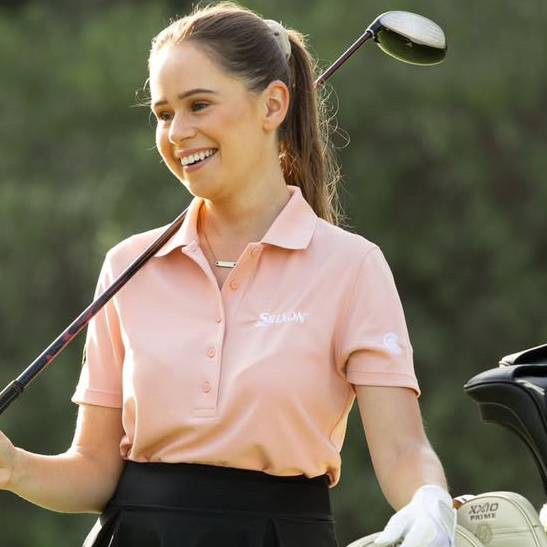I Love Golf, But It Needs These 5 Fixes Now
A golfer's take on how to improve the game for women, beginners, and its future
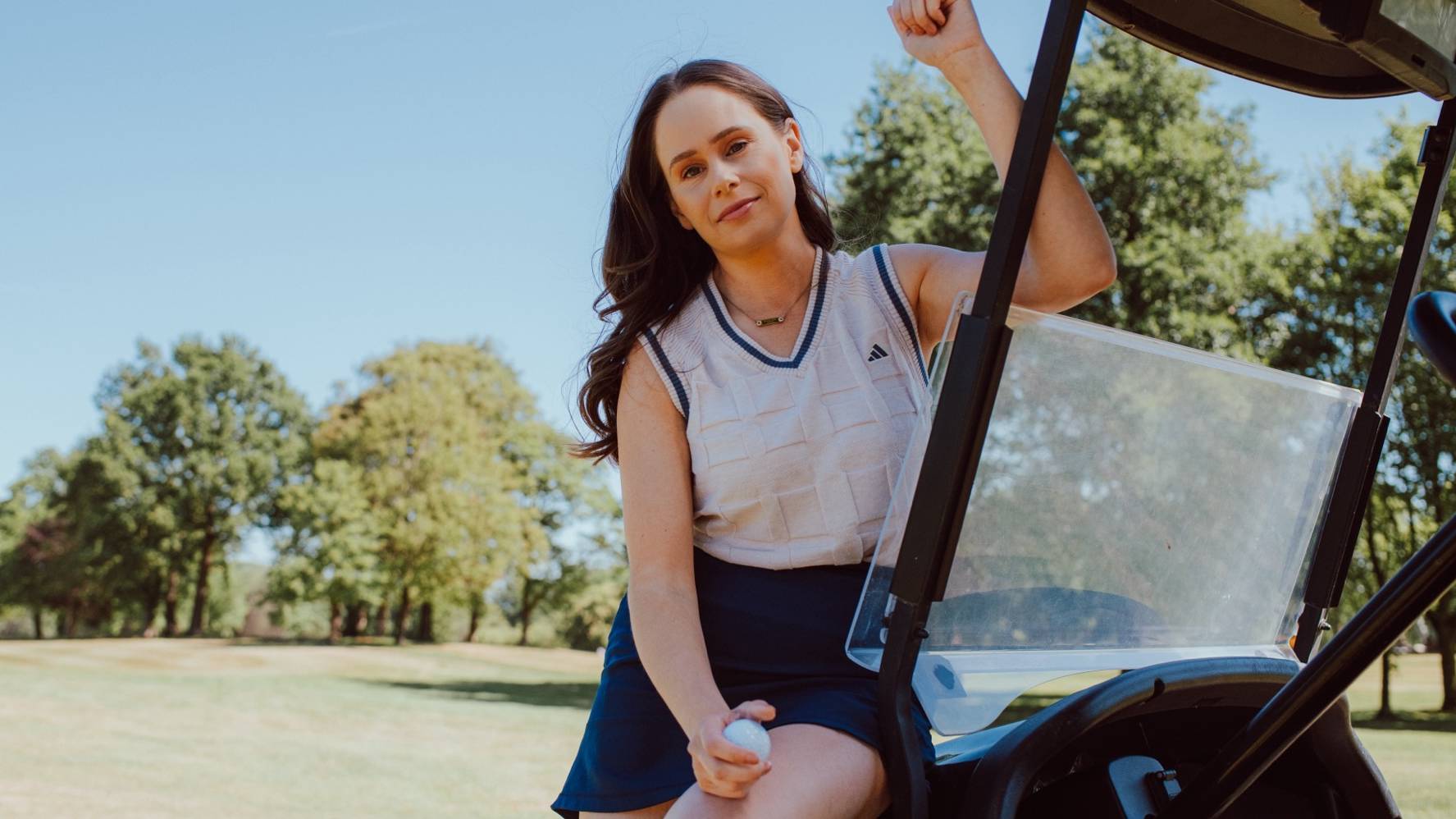

I love this game. I love the places it takes me, the people I have met through it, the way it challenges you and teaches you things about yourself you didn’t know you needed to learn. I’ve found community, confidence and peace that’s hard to explain unless you’ve felt it too. But I also think it’s okay to love something and still want it to be better.
Golf has come a long way. There are more women playing than ever before, more visibility, and more conversations being had about accessibility and inclusion. But often, I still find myself walking into golf spaces and feeling like I don’t fully belong, or cannot fully be myself. Golf is getting better. More inclusive. More aware. But some of the changes that would make the biggest difference for women still feel… overdue.
This isn’t a list of complaints. It’s a list of nudges. Five changes that could help make golf more accessible, inviting and ultimately better for everyone.
More Open Conversations Around Women’s Health
There has been a real shift in the past few years around conversations to do with women’s health and golf needs to keep up.
Things like periods, endometriosis, menopause, PCOS and all the symptoms that go with all of these are a taboo or seen as “off-topic” within the golf space. But these are realities for many of us, and they affect how and when we can play. Sometimes just talking about these issues openly, without fear of being met with silence or eye rolls, would make a huge difference.
And let’s be honest, there’s a very practical side to this too. A lot of courses still have little to no bathroom facilities out on the course. You can be 5 or 9 holes in, miles from the clubhouse, suddenly dealing with cramps, hot flushes, unexpected periods or simply just needing the loo with nowhere to go. It’s not just inconvenient, it’s excluding.
Small changes like offering more on-course facilities and having women’s health resources at clubs make a big difference. When your needs are acknowledged, you’re far more likely to feel like you belong.
Subscribe to the Golf Monthly newsletter to stay up to date with all the latest tour news, equipment news, reviews, head-to-heads and buyer’s guides from our team of experienced experts.
Better Clothing Options That Actually Work
This one might seem surface level, but it’s not! When you walk into a pro shop and can’t find anything in your size, or you’re met with rails of outdated cuts and dusty pink polos, it sends a message. That message is: you’re not really who we had in mind.
The best women's golf clothes should be designed for how real women move, swing, and live and not how they’re expected to look. We need more brands that offer variety in sizing, fit and style. And we need more pro shops to stock them proudly, not tuck them away in a corner.
I’ve been lucky enough to partner with adidas through Scottsdale Golf, and I love how much choice they offer, especially with clothing that doesn’t fall into tired stereotypes. But they’re not alone. Across the industry, more brands are stepping up and recognising that female golfers deserve the same variety and quality that men have long had.
Some are even going a step further and investing in the game with beginner programmes, women’s events and community focused campaigns. They’re not just selling to us, they’re showing up for us. And that makes a difference.
Wearing something that fits your body and reflects your style isn’t a luxury, it’s the baseline for playing your best. It’s the kind of detail that might seem small from the outside, but when you’re standing on the first tee already feeling nervous, the right outfit can give you a much-needed boost of confidence.
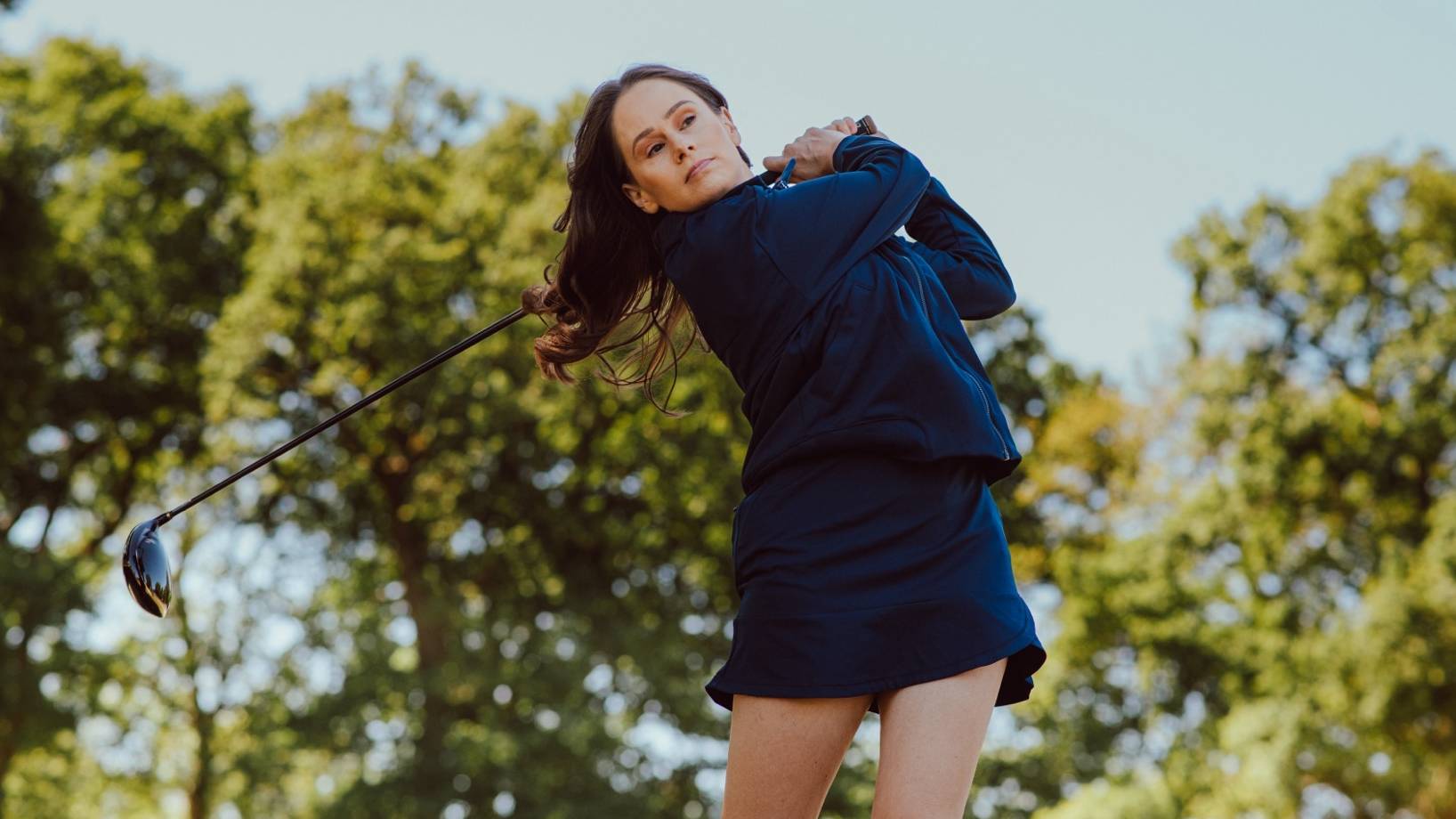
Katie Clarke
Rethinking Clubhouse Traditions And Mixed Competitions
Golf has deep traditions and that’s part of its charm. Some are comforting, but there are moments where those traditions can feel like walls instead of windows.
It’s not always obvious, but you feel it. In the way women’s competitions are scheduled midweek while the men’s dominate the weekends. On the noticeboards filled with male names. In the glances when you walk into the clubhouse alone.
We’re not asking to erase the past, we’re asking to evolve. What would it look like if mixed competitions were more common and scheduled at prime times? What if women’s trophies got the same shine as the men’s? What if there was more women on the committees?
Golf has the chance to lead here, by showing that tradition and inclusivity don’t have to be at odds.
More Beginner-Friendly Environments
Everyone’s a beginner once. But too often, beginner golfers, especially women, are made to feel like they’re in the way.
The fear of holding someone up, not knowing the etiquette, or simply hitting poor shots is real. What makes it worse is when the fear is met with eye rolls, rushed rounds, comments, or being excluded from club culture until you’re “good enough.”
What we need are more welcoming spaces that say: you’re allowed to be learning. Group lessons. Friendly playing formats like Scrambles. Nine-hole evenings. People who remember what it’s like to be new and make the effort to encourage you.
When we support beginners instead of judging them, we grow the game. It’s that simple.
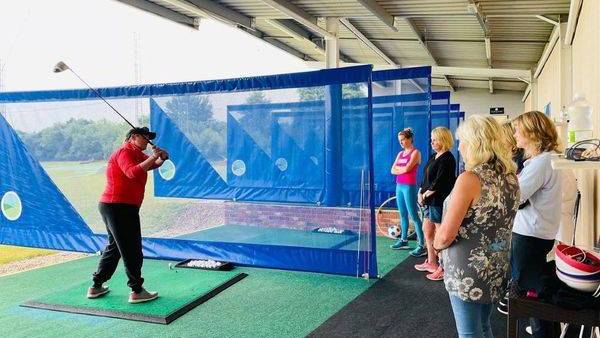
PGA Professional Emma Booth takes a women's group lesson
Equipment And Tee Boxes Should Be Based On Skill, Not Gender
One of the things that still quietly reinforces the divide in golf is how we label things. Golf clubs are sold as “men’s” and “ladies” sets, when in reality, they should be based on swing speed, strength and skill level. I know so many women who play with clubs from the so-called “men’s” section because they suit their game better.
It’s not just clubs either. Tee boxes are still referred to in gendered terms at the majority of clubs, even if unofficially. But ability doesn’t follow gender lines. A high-handicap man might benefit from playing from the forward tees. A single-figure woman might prefer to be further back.
What if tees were named based on handicap ranges and players were encouraged to play from where their game fits best? I'm a 21 handicap who would probably benefit playing off the “Junior” tees to start seeing some improvements!
Removing the gender labelling from both equipment and course setup would help challenge assumptions and promote the idea that the game adapts to you, not the other way around.
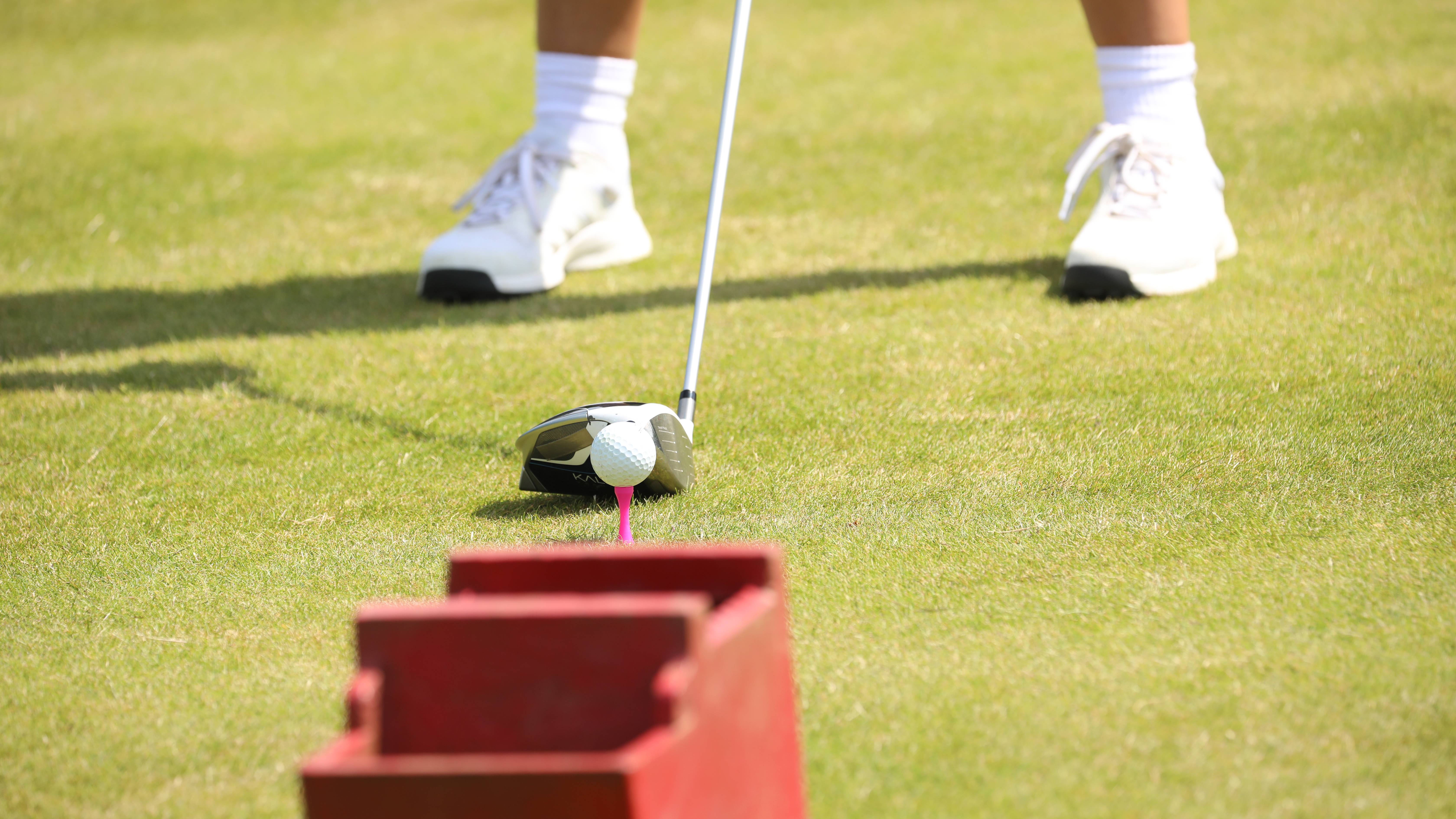
Progress, Not Perfection
None of this is about tearing anything down or re-writing history. It’s about building golf up so more people can enjoy it. I think most of us who’ve felt like outsiders at some point, don’t want to change the soul of golf. We just want it to stretch a little, to make room for different stories and different needs.
These five changes are not revolutionary. But they are realistic. And they’re already starting to happen in pockets around the world. Let’s keep going.
Little Birdy Golf, aka Katie Clarke, is a UK-based Irish golf content creator sharing the highs, lows, and lessons of learning the game. She creates relatable content that helps make golf more accessible, especially for beginners. Alongside hosting inclusive golf events, she has launched both children’s and adults’ golf-themed colouring books, with more creative projects in the pipeline.
You must confirm your public display name before commenting
Please logout and then login again, you will then be prompted to enter your display name.
